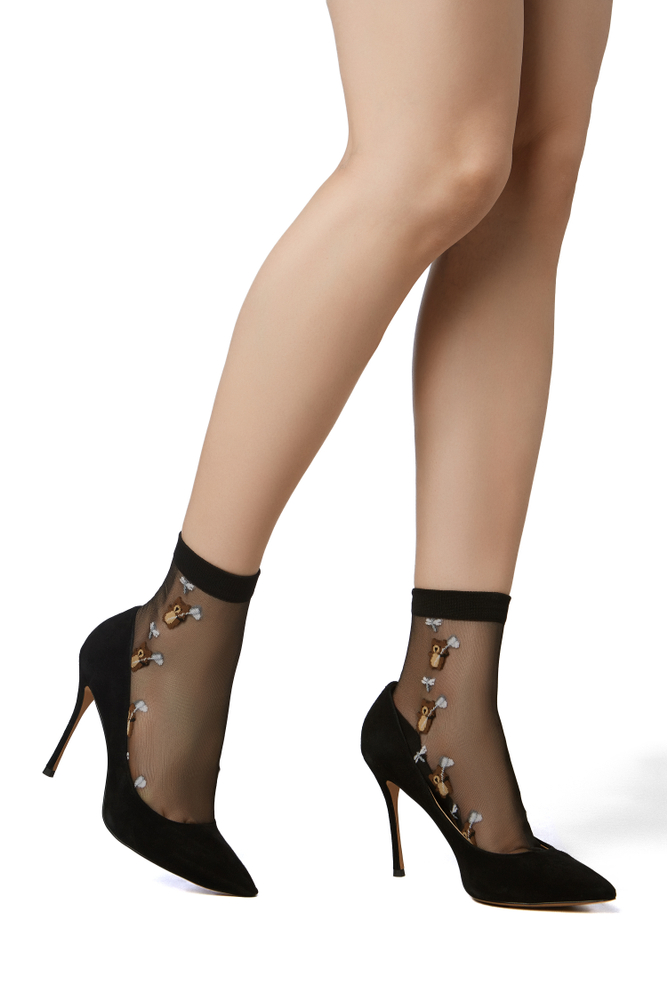High-heeled shoes, which are preferred by women, can cause hallux valgus discomfort.
Studies show that wearing shoes with heels higher than 6 cm increases the risk of hallux valgus formation approximately 2.5 times. In the hallux valgus, where the big toe rotates outward and looks like a protrusion, most of the patients may think that an extra bone is formed in their feet. However, this is not the formation of another bone in the foot, but when the big toe begins to slide outwards on the metacarpus, the metacarpus becomes more pronounced.
Your Choice of Heels can be Effective!
Hallux valgus may progress painlessly in some patients, while in some patients it can also cause severe pain, especially when wearing pointed toe shoes. In the hallux valgus disorder, which affects daily life negatively, calluses on the soles of the feet may be a sign that this condition is continuous. Some cases, such as flat feet (pes planus) and extremely flexible joints, may also prepare the ground for further valgus discomfort. If the patient has genetic predisposition to hallux valgus, shoe choice may accelerate the process.
Limit Heel Height to 6 Centimeters
Studies show that wearing shoes with heels higher than 6 cm may pose a risk for the development of hallux valgus, even if the toe of the shoe is large. Employees wearing high-heeled shoes are approximately 2.5 times more likely to develop hallux valgus than those wearing flat-bottomed shoes. The long-term wearing of pointed-toe and high-heeled shoes increases the risk of hallux valgus development.

